Are all garden snails pests? The short answer is no. Shell snails such as Burgundy Snail (Helix pomatia) garden snail (Cepaea Hortensis), or groove snail (Cepaea Nemoralis) are in principle not considered as pests as they don’t pose any significant threat to the garden.
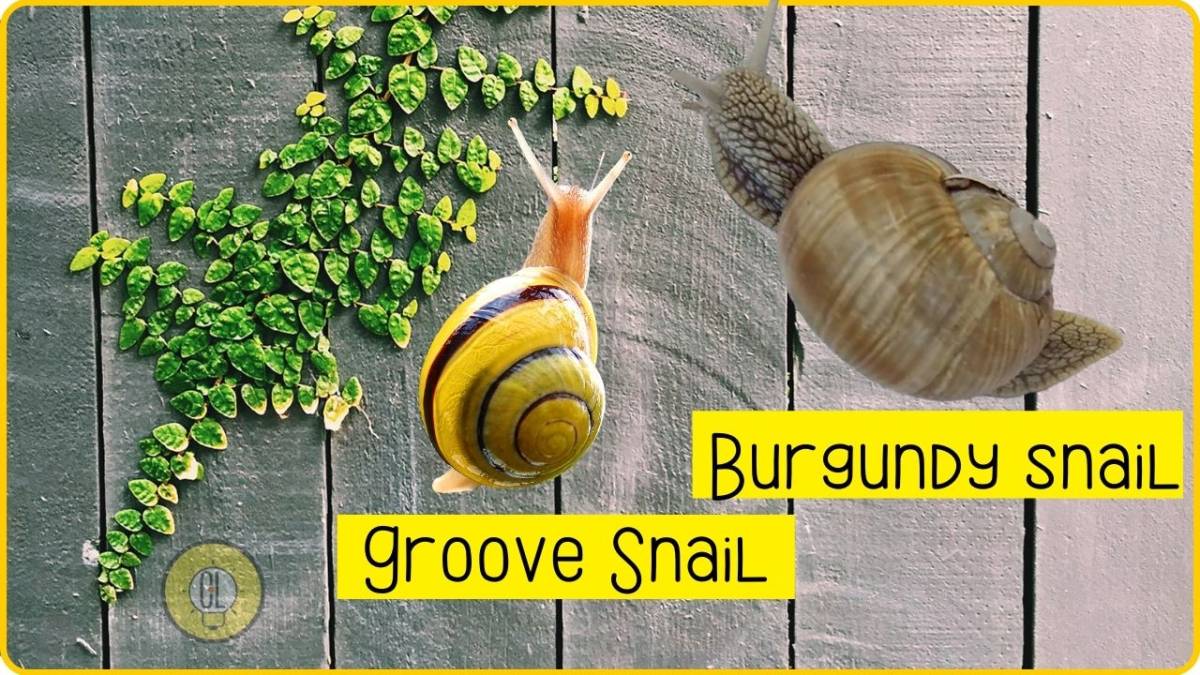
Some snails are even useful to the garden. For instance, the Grapevine snail has been observed munching on the brown shellless snail eggs, effectively combating the formidable garden pest.
The real trouble makers are generally naked snails. These include Arion Rufus (10-15 cm long and reddish, brown, or black in color) as well as a Grey Filed Slug (Deroceras reticulatum) 3.5-5 cm long, brown or gray with mesh spots on the body.
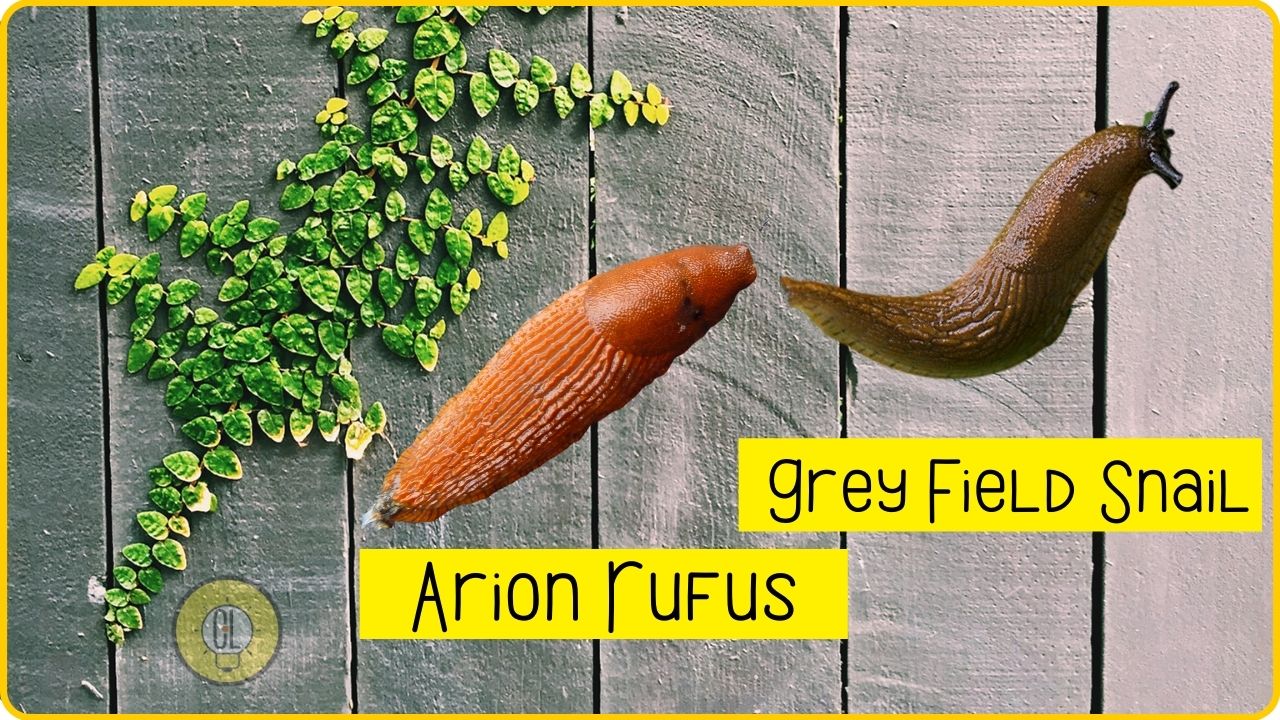
While snails are generally unwelcome guests in the garden, they still belong to the natural ecosystem and play a useful role. These mollusks not only feed on tasty lettuce and flowers but also clean garden debris. If the snails don’t pose a significant risk to the plantation, it’s wise not to interfere in the natural eco-balance.
Snails as Pesky Garden Pests
It is not only aphids, scones, or onion cream that can throw even the most tolerant gardener to the vagaries of nature out of balance. Snail infestation can completely destroy manicured lettuce and leave sad, bare stalks in blooming delphiniums.
These pests commonly come en mass, especially during rain. Durin such damp conditions, they can quickly plague the garden and eat away almost anything green.
Although they are not a threat in small numbers as they would primarily limit themselves to debris. However, they multiply quickly and then wander throughout the garden. No wonder as each snail can lay up to 400 eggs.
The traces of snail feeding will be recognized by any gardener at a glance. The shellless snails, active at night, eat the leaves from the edge, but often leave holes in the center of the leaf blade. Their presence is unmistakably confirmed by traces of mucus left on leaves and stalks.
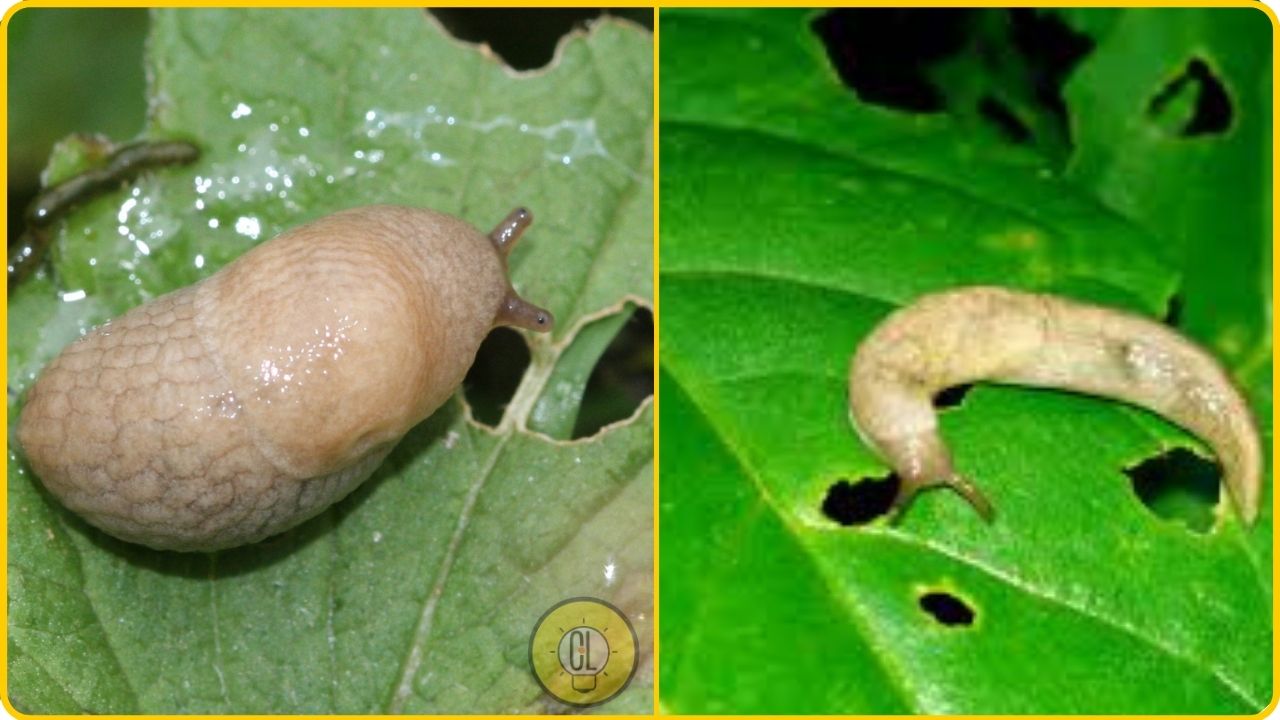
Chemical Remedies Come with Risks
When it comes to chemical remedies, there is more than one option. Various types of snail pellets are advertised as being fast and effective. In any case, consider whether the use of chemicals is really necessary, as poisoned snails pose a serious threat to hedgehogs and songbirds.
As we said earlier, slugs such as the grape snail, eat only dead plant material and don’t endanger the entire vegetable and flower beds. What’s more: they are even useful, because their menu also includes naked snail eggs. Other species of shell snails also feed almost exclusively on dead plant parts and their control is unnecessary.
The real pests in the garden are, first of all, the giant gully (Arion Rufus), and the Portuguese slug (Arion lusitanicus). Therefore, your pest control solution should be targeted.
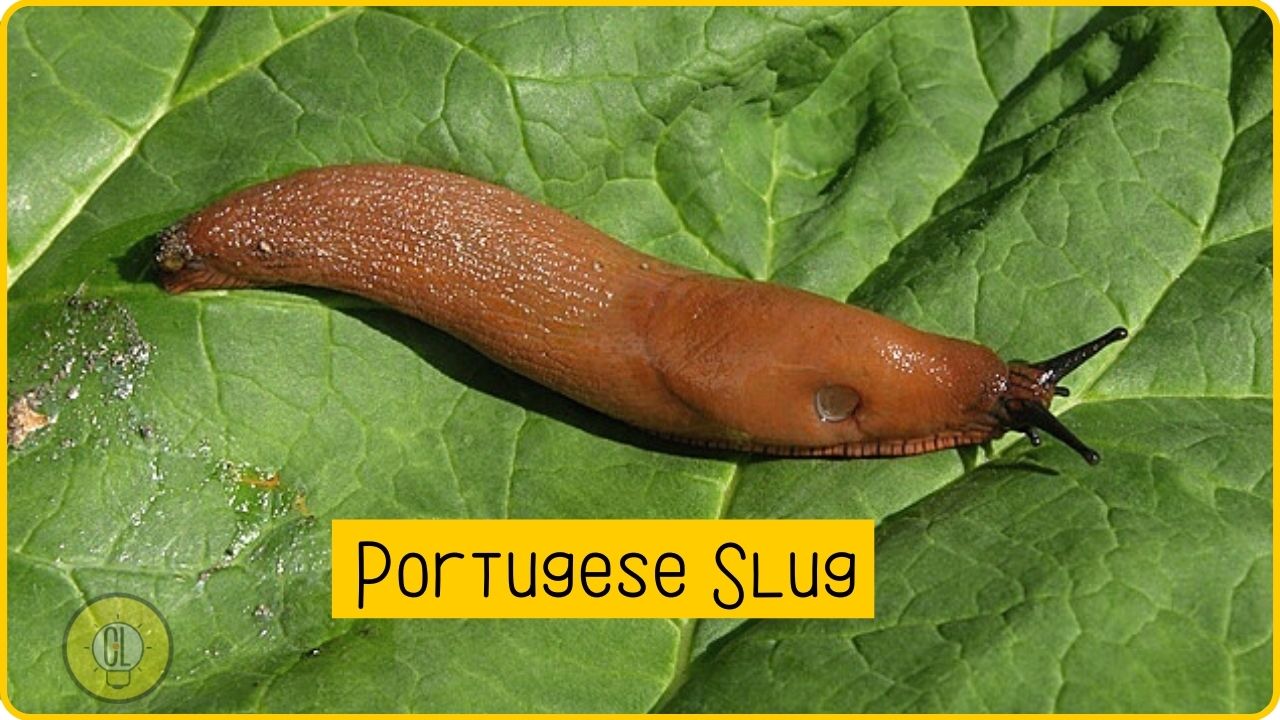
Snail granulate is not the sought-after measure. You probably already know that this chemical can
Besides the reasons mentioned above, it’s not a good idea to spray dangerous chemicals indoors. Especially in the garden where you grow vegetables and fruits.
Related: How to Get Rid Of Cockroaches Safely Once and For All
1. Home Remedies to Combat Garden Snails
Here are some of the simple and harmless home remedies you can apply to get rid of pest garden snails:
Wood Ash
A layer of wood ash around endangered plants creates a serious obstacle in the movement of snails. Wood ash literally seizes slug movement by offering a dry and loose platform. Additionally, Wood ash is also a good potassium fertilizer for your garden. Unfortunately, this method will only work as long as the ash doesn’t get dampened and solid.
Ground Coffee
Serve the slime pests with a cup of coffee and drive them away. The caffeine contained in coffee affects the nervous system can even kill the snails. As a sole remedy, coffee may not work as its performance is not stable.
Table Salt
Salt is a great moisture absorber. Spreading an adequate amount of common salt around plants can literally draw moisture out of the slugs and make them motionless. Some people say this method gives unnecessary suffering to the slugs!
Cat Food and Bran
A 5:1 mixture of wheat bran and wet cat food attracts snails but does not kill them. You can prepare places to attract snails and then collect them. Once they are in a congregation away from your lovely plants, what you do to them is absolutely up to you.
2. Some Gentle Treatments
The use of most methods to reduce the number of pests is a double-edged sword. Not only do harmful species die, but also useful and little harmful species. Therefore, you can try, for example, such treatments:
Harvesting
Snails are especially active in the mornings and evenings. You have to schedule regular inspections and collect pests. Placing pieces of planks, stones or rhubarb leaves in the garden will also allow snails to collect during the day because in such places they often seek shelter.
Right Watering Time
If you water only in the morning, it will be extremely difficult for snails to navigate dry ground at night. Due to this, their mobility will be very little, and they may simply not reach their favorite plants.
Reasonable Watering
Dry ground is a particularly difficult obstacle for snails. So it pays off to water only the beds, leaving dry spaces between the beds and individual plants. In addition, water is also saved.
3. Supporting Natural Enemies of the Pests
It is fascinating how nature itself strives to maintain balance in various ways. Snails are a favorite food for many animals. It is enough to lure these animals to the garden, provide them with peace, and they will already be able to effectively reduce the pest population.
These include numerous birds, hedgehogs, toads, shrews, insects, and even some useful species of snails.
4. Creating Snail-free Zones
Snails, unlike other pests, for example, insects, are not very mobile, and building a tight barrier around groups of plants or the entire bedding effectively prevents an invasion.
5. Natural Odor Barriers
Snails absolutely hate some smells. They don’t like garlic, onions, and Mediterranean herbs. Therefore, decorative garlic in the garden, as well as in the bed with lavender, nasturtium, and thyme herbs, remain unchallenged.
For example, if you plant thyme around a vegetable bed, you will keep most of the snails at a distance. On the other hand, it is not known why basil tastes particularly good to pests.
6. Beer Traps (May backfire)
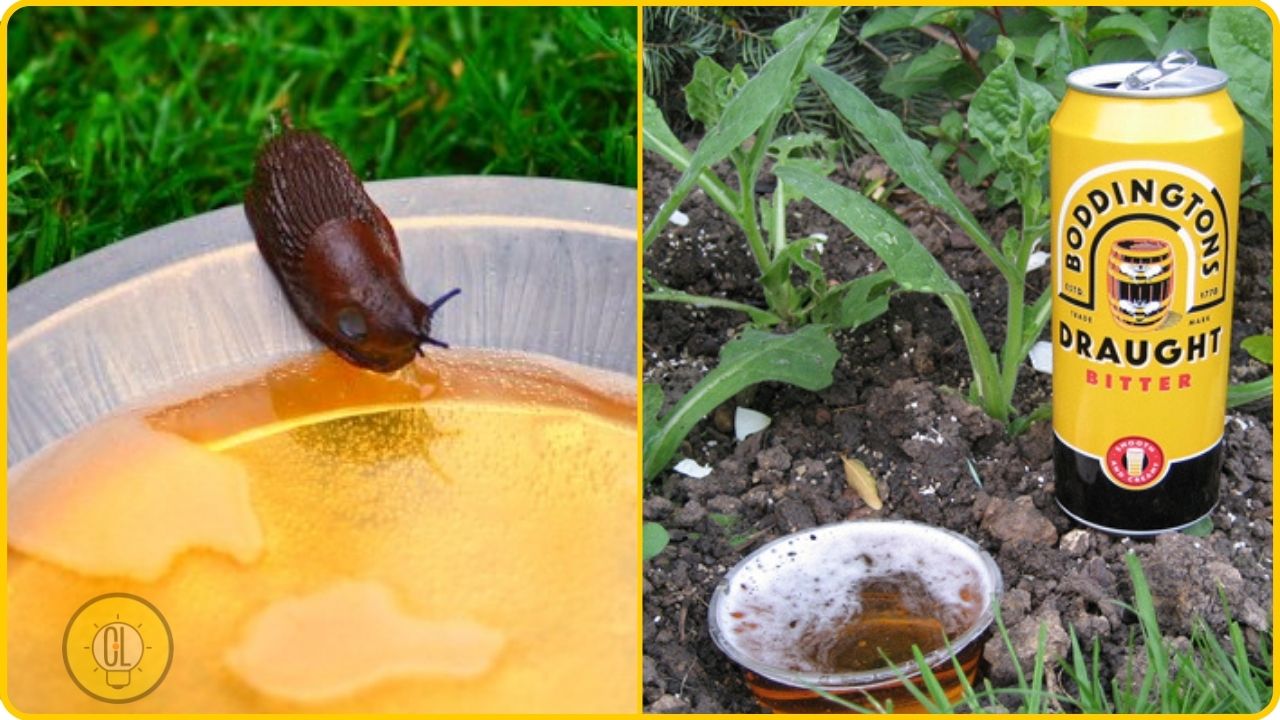
Beer traps are often recommended as an effective remedy for snails. For this purpose, pots half-filled with beer are buried in the fence. Snails are lured by the smell of beer, pulled towards it from all sides, fall into the vessel, and sink.
However, beer is such an effective decoy that snails can sense it even from a neighbor’s garden and it may happen that thanks to beer traps we will have more snails in our garden than before pest control.
Besides, each trap vessel needs to be covered so that the “hop soup” is not diluted too much by rain. In dry weather, the content must be refilled frequently as it evaporates quickly. Research has also shown that only a few specimens fall into the trap; most snails first drink a free beer and then nibble on fresh vegetables.
Check also: Used Tea Bags to Get Rid Of Mice, Spiders, and Cockroaches
That’s all for this article. Do you have any other ideas to control pest snails in the garden? Or did you try any of the above home remedies? How effective were they? We would love to hear from you.

